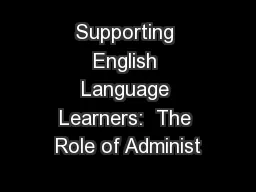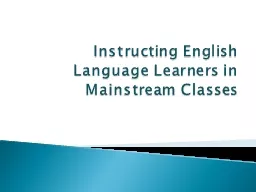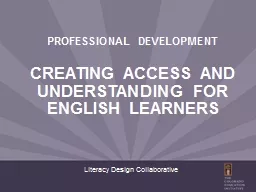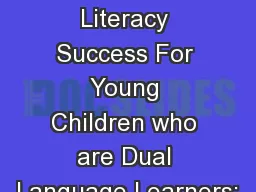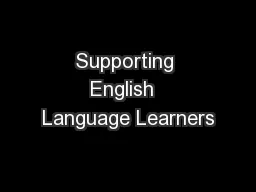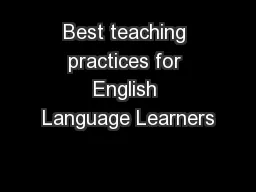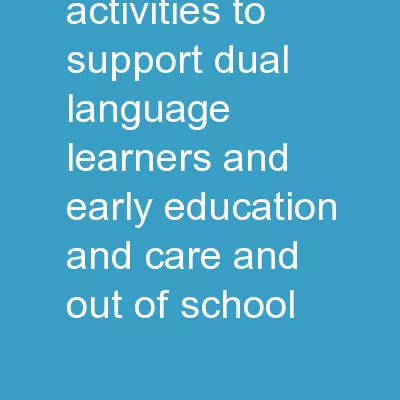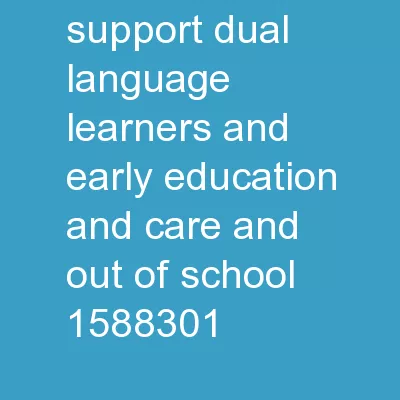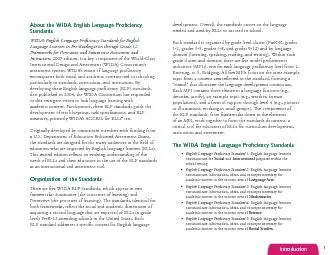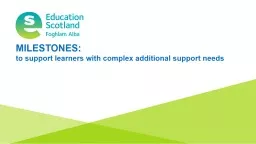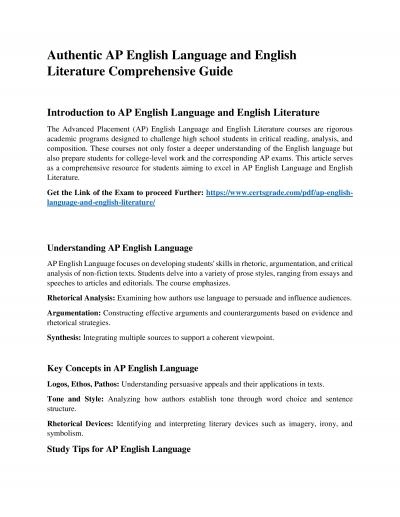PPT-Supporting English Language Learners: The Role of Administ
Author : yoshiko-marsland | Published Date : 2017-05-22
Facilitators Jackie Bradley Brown Education Officer Janet Giberson Vice Principal YDSB Jennifer Glass Student Achievement Officer Gillian Hall Education Officer
Presentation Embed Code
Download Presentation
Download Presentation The PPT/PDF document "Supporting English Language Learners: T..." is the property of its rightful owner. Permission is granted to download and print the materials on this website for personal, non-commercial use only, and to display it on your personal computer provided you do not modify the materials and that you retain all copyright notices contained in the materials. By downloading content from our website, you accept the terms of this agreement.
Supporting English Language Learners: The Role of Administ: Transcript
Download Rules Of Document
"Supporting English Language Learners: The Role of Administ"The content belongs to its owner. You may download and print it for personal use, without modification, and keep all copyright notices. By downloading, you agree to these terms.
Related Documents

